Jeju Jeolmul Recreational Forest (제주절물자연휴양림)
11.7 Km 44696 2023-01-17
584, Myeongnim-ro, Jeju-si, Jeju-do
+82-64-728-1510
Jeju Jeolmul Recreational Forest opened on July 23, 1997. The forest is comprised of both a natural Japanese cedar forest and a man-made forest. The combination of the sea breeze and the shade of the forest canopy over the walking paths make it a cool attraction all year round.
The recreational forest features a promenade, waterfall, pond, grass square, wood-crafting studio, and more. There are forest cabins available for lodging.
Dangcheomuldonggul Cave [UNESCO World Natural Heritage Site] (당처물동굴 [유네스코 세계자연유산])
11.7 Km 20850 2020-04-23
Woljeong-ri, Gujwa-eup, Jeju-si, Jeju-do
+82-1600-0064
Dangcheomuldonggul Cave, located in Jeju, is a lava tube estimated to have been formed some 320,000 years ago due to volcanic activity; it is located approximately 3 kilometers underground. With no entrance as such, the cave is not open to the general public and thus its original form remains preserved to this day, giving it a high geological value.
Although the Dangcheomuldonggul Cave is technically a lava tube, it resembles a limestone cave due to the secondary geological formations
of lime substances that have accumulated in the ground above the tube. The tunnel has a spectacular and mystical beauty with countless stalactites and stalagmites, as well as stalactite columns. The particularly thin stalactites and stalactic columns in this cave are well-known for their uniqueness and beauty. Although this is a relatively small lava tunnel, its exotic colors and the richness of the secondary topological formations make it extraordinary in terms of research value. This cave has been designated natural monument.
* The UNESCO World Heritage inscribed Geomun Oreum Lava Tube System consists of Bengdwigul, Manjanggul Cave, Gimnyeonggul, Yongcheondonggul and Dangcheomuldonggul Caves.
Woljeongri Beach (월정리해변(월정리해수욕장))
11.8 Km 30958 2023-01-17
480-1, Haemajihaean-ro, Jeju-si, Jeju-do
+82-64-740-6000
Woljeong-ri, a village located on the east side of Jeju Island, holds the meaning "the moon stays." The beautiful emerald sea spreads out like a picture, and the bright moon shines above it. As more and more travelers visited the beach to appreciate its beauty, many restaurants, cafes, and lodging facilities started to form along the shoreline. Some cafes placed chairs for people to relax in while looking at the sea, which became an iconic photo spot of Woljeongri Beach.
The beach is also a popular location for a variety of water sports such as surfing, snorkeling, and kayaking. Woljeongri Beach is popular among surfers because it has waves with a uniform x_height that are constantly coming in. The beach is also a part of the Gimnyeong-Hado Olle and Gimnyeong-Woljeong Geotrail Course on Jeju Olle Trail Route 20, and a great spot for tourists to take a break while taking in the beautiful scenery and cool scent of the sea.
Jeju Myeongdoam Youth Hostel (제주 명도암유스호스텔)
11.9 Km 15365 2020-03-17
393, Myeongnim-ro, Jeju-si, Jeju-do
+82-64-759-9596
Jeju Myeongdoam Youth Hostel is located near the trail chosen as one of the top 10 most beautiful trail as well as many attractions. Its central location offers traveling convenient for its guests and rooms are arranged in family to dormitory styles to accomodate varying group sizes. Nearby destinations include Jungmun Resort, Jeju City Hall and Cheonjiyeon Falls.
Haenyeo’s Kitchen Bukchon Branch (해녀의부엌 북촌점)
12.0 Km 0 2024-01-09
31 Bukchon 9-gil, Jocheon-eup, Jeju-si, Jeju-do
Haenyeo’s Kitchen Bukchon Branch was renovated from a fishing village warehouse and is a unique restaurant where visitors can enjoy meals while appreciating the media art in a 360-degree panorama. Only 14 people are invited to a table of dishes carefully prepared by 12 artists to taste a course meal of seafood collected by haenyeo (female divers who collect seafood). While dining, the customers are entertained with media art and a storytelling by a docent that depicts the life of haenyeo divers and their village. The four-course lunch lasts 80 minutes, and the seven-course dinner lasts 120 minutes. Unique dishes, such as shindari, the fermented beverage; sangwetteok, Jeju’s traditional rice cake; uyeongpat with bracken and bean sprouts; Nangpun Set Menu comprised of top shells, red tilefish, seafood wraps, steamed pork slices, vegetables, and other side dishes; omegi rice cakes, become special memories of the trip in itself. Admission is available for those aged 6 or older, and reservations are required.
Myeongjin Jeonbok (명진전복)
12.1 Km 34 2024-03-18
1282 Haemajihaean-ro, Gujwa-eup, Jeju-si, Jeju-do
+82-64-782-9944
Myeongjin Jeonbok specializes in fresh abalone dishes, using abalones sourced directly from its adjoining farm. The menu features a variety of offerings including jeonbok gui (grilled abalone), jeonbokjuk (abalone porridge), jeonbokhoe (sliced raw abalone), and jeonbok dolsotbap (abalone hot stone pot rice). Ther restaurant's signature dish is the jeonbok dolsotbap (abalone hot stone pot rice), a savory hot stone pot rice topped with abalone, pumpkin, and sweet potatoes. Having been featured on numerous TV shows, Myeongjin Jeonbok is popular among both locals and tourists.
Sehwa Fifth-day Market (세화민속오일시장(5일, 0일)
12.1 Km 16052 2023-11-06
제주특별자치도 제주시 구좌읍 해맞이해안로 1412
+82-64-728-7762
Sehwa Fifth-day Market is one of the largest of its kind in eastern Jeju. Being a fifth-day market, it only opens on days ending in 5 or 0. It is at its busiest before noon, with many stores closing their doors by 14:00. This market offers an interesting glimpse into the lives of Jeju locals with its dazzling array of Jeju’s pride, seafood, along with stalls offering lifestyle goods, food, and side dishes. Don’t miss the Manna Sikdang here: This joint is famous for its tteokbokki, stir-fried rice cake, one of the most beloved snack dishes in Korea. There are other places offering snack fare near Manna Sikdang, so visitors are recommended to drop by and sample some Korean favorites. Note that Sehwa Fifth-day Market is situated to the left of Sehwahaebyeon Beach, so one can easily visit the two when in the area.
(Market open on: Days ending in 5 or 0 of every month)
Bellongjang Market (벨롱장)
12.2 Km 13084 2022-01-18
Sehwapogu Port, Jeju-si, Jeju-do
+82-64-728-1523
Bellongjang Market is a local flea market open to visitors and the local community that takes place in the small village of Sehwa-ri. The flea market takes place on Saturdays from 11:00 to 13:00, except on the 5th,10th,15th, 20th, 25th and 30th of the month, when the Fifth-Day Market opens. Bellongjang's name originated from Jeju Island's expression "bellong," which means a light shining from the distance.
Sehwa Beach (세화해변)
12.2 Km 25837 2023-01-17
Sehwa-gil, Jeju-si, Jeju-do
+82-64-740-6000
Sehwa Beach, located in Sehwa-ri in Gujwa-eup, is a white sandy beach with black basalt that harmonizes perfectly with the emerald waters. Sehwa Beach is well-known in Jeju Island due to its close proximity with Bellongjang Market and Sehwa Folk Fifth-day Market, opening right next to Sehwa Beach, as well as the flea market at Bellongjang Market attracting many visitors.
Jeju 4.3 Peace Park (제주4·3평화공원)
12.2 Km 15687 2021-06-18
430, Myeongnim-ro, Jeju-si, Jeju-do
+82-64-723-4344
Mankind tends to only remember the heroes of civilization. Jeju 4.3 Peace Park was created to remember those who fell protecting their homeland during the Jeju uprising which broke out on April 3, 1948. The park is the symbol of reconciliation and peace, and seeks to open a new chapter of life.
The development project of Jeju 4.3 Peace Park was a result of the reparations for the victims of the Jeju uprising. The 4.3 Special law was promulgated in the year 2000, and the following steps proceeded: property acquisition for the park, master plan of the park establishment, design competitions for the park, construction, exhibits and installations. It finally opened to the public on March 28, 2008.

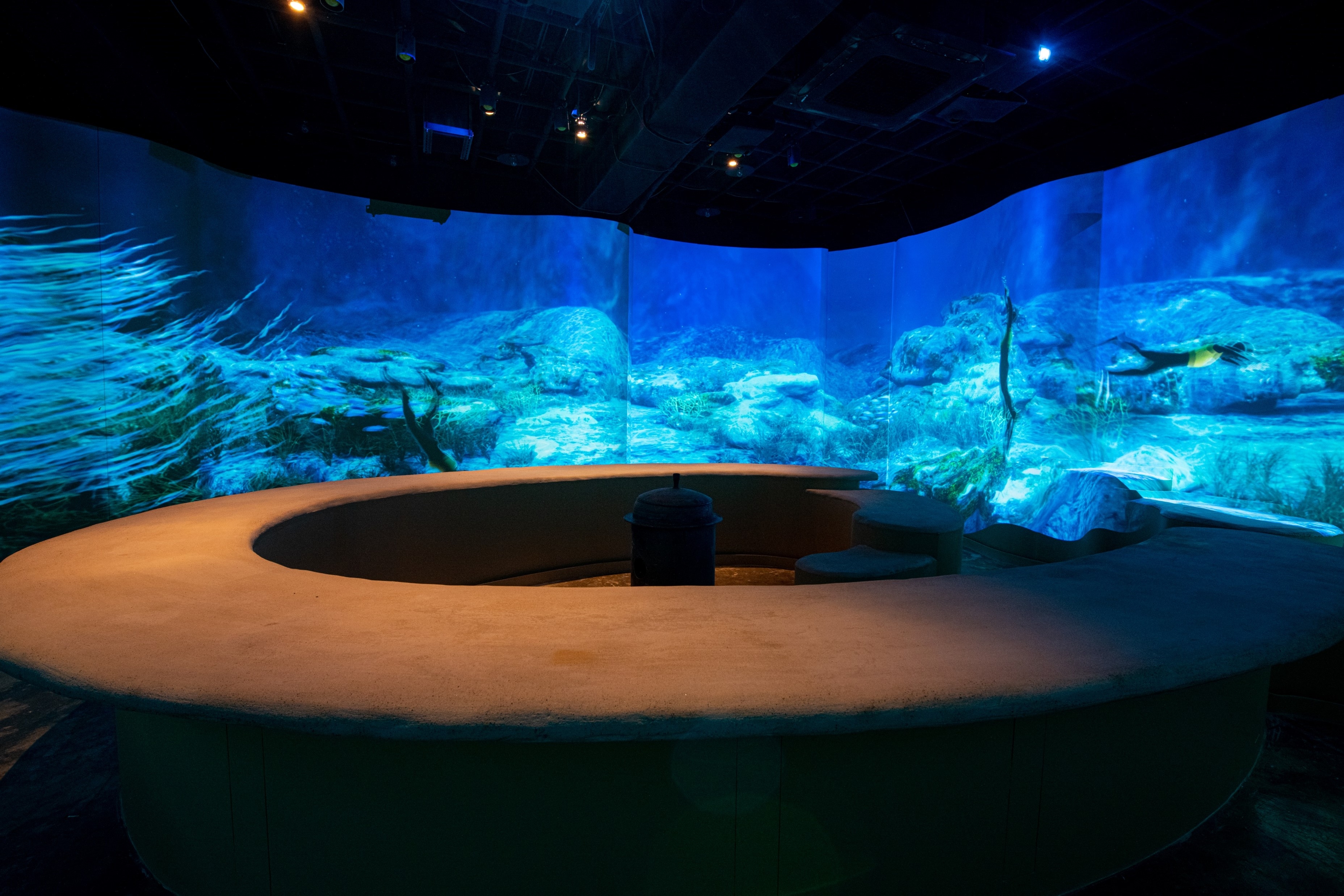
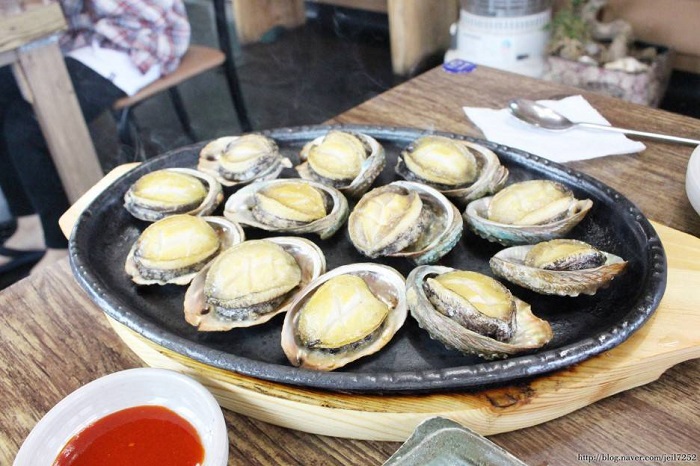
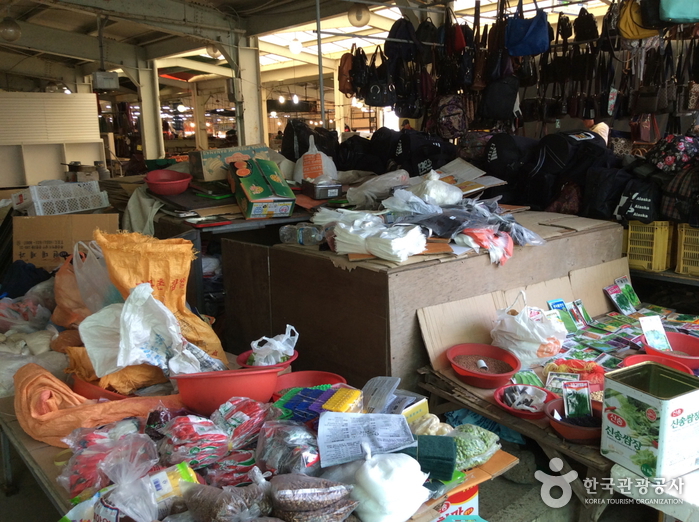
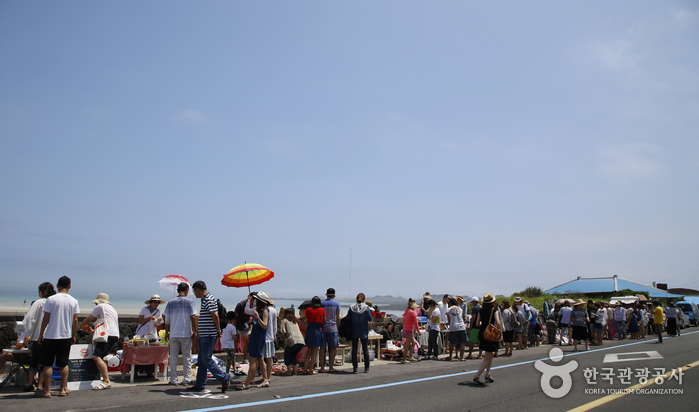
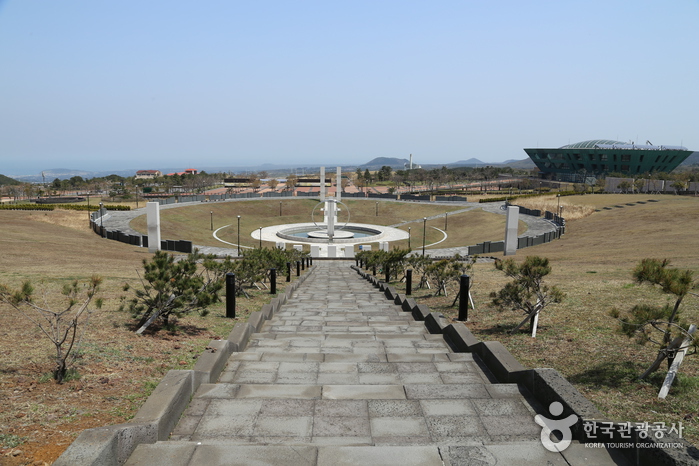
 English
English
 한국어
한국어 日本語
日本語 中文(简体)
中文(简体) Deutsch
Deutsch Français
Français Español
Español Русский
Русский